
PERBANDINGAN TRANSMISI ASIMETRIS ANTAR KEBIJAKAN MONETER TERHADAP INTEREST RA…
Studi ini menganalisis mekanisme transmisi suku bunga di Indonesia dari tahun 2011 hingga 2025 dalam tiga rezim kebijakan: BI Rate, BI 7-Day Reverse Repo Rate, dan BI Rate baru dari sisi kecepatan …
- Edition
- -
- Call Number
- 7682
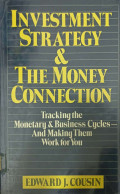
INVESTMENT STRATEGY AND THE MONEY CONNECTION: TRACKING THE MONETARY AND BUSIN…
Uniquely level-headed in its approach, it presents a simple strategy for futures investment centering upon the growth rate of the money supply. Downplays such traditional indicators as employment r…
- Edition
- 1st. ed.
- Call Number
- 332.64 COU i
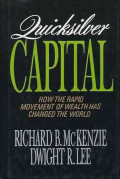
QUICKSILVER CAPITAL: HOW THE RAPID MOVEMENT OF WEALTH HAS CHANGED THE WORLD
Argues that a surge in capital transfer was responsible for the Reagan and Thatcher revolutions and that, in order to take advantage of these conditions, taxes and tariffs must be kept low, but tha…
- Edition
- -
- Call Number
- 332.042 MCK q
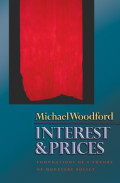
INTEREST AND PRICES: FOUNDATIONS OF A THEORY OF MONETARY POLICY
With the collapse of the Bretton Woods system, any pretense of a connection of the world's currencies to any real commodity has been abandoned. Yet since the 1980s, most central banks have abando…
- Edition
- -
- Call Number
- 332.46 WOO i
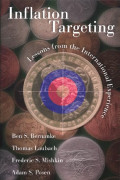
INFLATION TARGETING: LESSON FROM THE INTERNATIONAL EXPERIENCE
How should governments and central banks use monetary policy to create a healthy economy? Traditionally, policymakers have used such strategies as controlling the growth of the money supply or pegg…
- Edition
- -
- Call Number
- 332.41 BER i
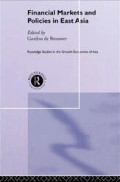
FINANCIAL MARKETS AND POLICIES IN EAST ASIA
This book assesses the need to secure policy consistency, the scope for inflation targeting, the sustainability of exchange rate regimes and the scope for deeper financial integration in the Austra…
- Edition
- -
- Call Number
- 332.095 BRO f
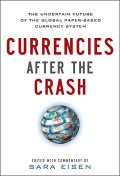
CURRENCIES AFTER THE CRASH: THE UNCERTAIN FUTURE OF THE GLOBAL PAPER-BASED CU…
From the brightest minds in the field―a revealing look at how countries use their currencies to achieve prosperity . . . and the coming repercussions Bloomberg Television's Sara Eisen sheds li…
- Edition
- -
- Call Number
- 332.4044 EIS c

THE EXCHANGE RATE IN A BEHAVIORAL FINANCE FRAMEWORK
This book provides an alternative view of the workings of foreign exchange markets. The authors' modeling approach is based on the idea that agents use simple forecasting rules and switch to t…
- Edition
- -
- Call Number
- 332.4 GRA e
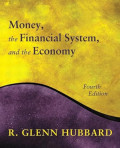
MONEY, THE FINANCIAL SYSTEM, AND THE ECONOMY: INTERNATIONAL EDITION
Hubbard builds his text upon the idea that students must develop an economic understanding for organizing concepts and facts, evaluate current and historical events using economic analysis, and use…
- Edition
- 4th. ed.
- Call Number
- 332.1 HUB m 4th ie
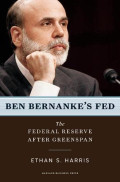
BEN BERNANKEN`S FED: THE FEDERAL RESERVE AFTER GREENSPAN
Ben Bernanke's swearing in as Federal Reserve chairman in 2006 marked the end of Alan Greenspan's long, legendary career. To date, the new chair has garnered mixed reviews. Business economists see …
- Edition
- -
- Call Number
- 332.1 HAR b


 Computer Science, Information & General Works
Computer Science, Information & General Works  Philosophy & Psychology
Philosophy & Psychology  Religion
Religion  Social Sciences
Social Sciences  Language
Language  Pure Science
Pure Science  Applied Sciences
Applied Sciences  Art & Recreation
Art & Recreation  Literature
Literature  History & Geography
History & Geography